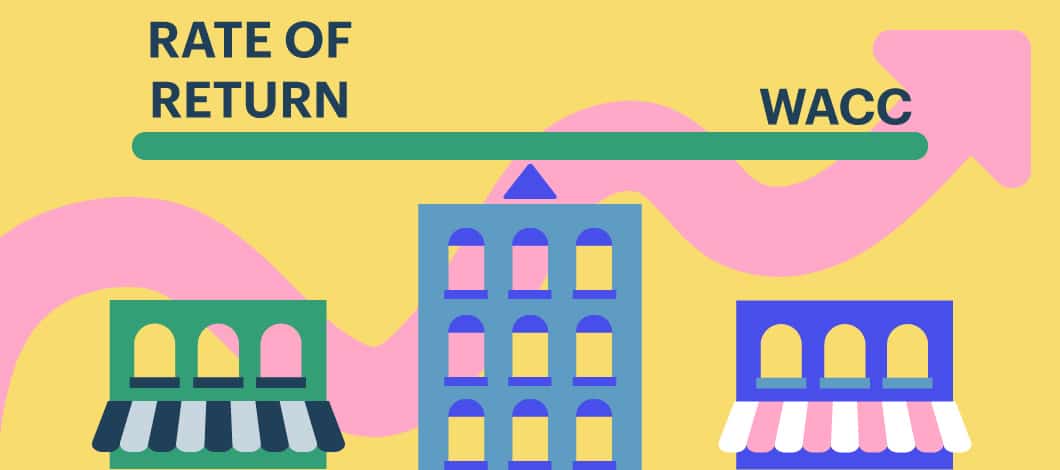If your company is considering taking on a large investment project to improve your manufacturing process or sales, you will want to have a financial plan in place. Therefore, we recommend you consider capital budgeting — the most efficient route to feeling confident in your company’s investment decisions.
What Is Capital Budgeting?
Capital budgeting, which is also known as investment appraisal, is a process of evaluating the costs and benefits of potential large-scale projects for your business. Say you want to add a new product to your lineup, build a second warehouse and update your database software. Before deciding which of these options to pursue, you’ll need to complete a financial analysis — known as capital budgeting.
A capital project is a long-term investment that improves a capital asset in some way. Capital assets are anything your company owns, such as an office building, an employee computer, or a machine on a production line. In other words, capital assets are tangible items that have what is called a “useful life,” the period when the item should help your business grow. A capital project is more than routine maintenance on an asset — it must make the asset more efficient or productive in some way.
The presumption is that your business will own the asset for more than 1 year, after which you’ll incur either a capital gain or loss, and you can build upon those assets with capital projects.
These projects can be funded by public money (for infrastructural improvements), bonds, bank loans, grants, private funding or through the company’s budgets. To get a loan, you must prove that the investment will increase your business gains, reduce your costs or add a new element to your business in order to get funding approval for the project.
Reasons Capital Budgeting Is Important
Before making a huge financial decision, it helps to have clarity, define risk and have a financial plan in place. If it’s unclear why you need to pursue capital budgeting before you commit to a significant investment project, let’s review the top reasons.
Helps Clarify Decisions
A budget is a financial plan, which is essential for any successful capital project. After seeing the numbers of each budget laid out, you can select which project makes the most financial sense to pursue now and which projects should be put on hold. This process is vital for you to avoid throwing money at a project that brings no gains to your business.
Lowers Risk
With a capital budget, you’ll worry less about the risks you are taking with the projects you undertake. You have done the analysis and decided on the best potential investment. It’s easier to secure outside funding after completing the capital budgeting process because you’ll be able to demonstrate this project is a worthwhile investment.
Provides a Financial Plan
Capital projects require a significant amount of planning and budgeting because they are substantial investments. If you go through the capital budgeting process, you will understand how much money you’ll need and if it could financially impact your other ventures. Capital projects can be independent, which means they don’t affect the funding of other company projects, or mutually exclusive, which are tied to other projects’ financing in some way.
Capital Budgeting Methods
Like there are many capital project options available to you, there are many ways to analyze each potential capital project. There are advantages and disadvantages for each investment appraisal method.
You must estimate cash flows — for how much and for how long — that will come from the project. You need to know how much the project will make for your business.
Check out these capital budgeting examples and see which will help your business make solid investment decisions. Remember that financial analysis can be complicated, and it’s best to seek advice from a professional if you are new to the process.
Internal Rate of Return
In this method, you consider the rate of return vs. the weighted average cost of capital (WACC). Many companies pursue projects with a rate of return that is higher than the WACC. If the capital budget foresees that a project won’t achieve the desired results, it can be tabled for the present or scrapped altogether. However, tabling a project doesn’t mean it will never be financially sound.
You must be savvy about which projects to choose because companies usually can’t afford to invest in every capital project they conceive. Also, there is always an opportunity cost — when you fund one project, you’re taking away your chance of funding another.
Discounted Cash Flow
Discounted cash is money adjusted for its time value. This method is based on the idea that money today can earn interest, thus making it worth more than money in the future. To complete the discounted cash flow method, look at all the cash flows in and out: money to fund the project, income the project will generate and maintenance costs. Use the discount rate to figure out what that amount is worth in today’s dollars, which is known as the net present value (NPV).
This method is an attempt to discover how much the project is worth today based on how much revenue it will generate in the future. You must consider future sales growth and profit margins. You’re looking for a project with the highest NPV. However, this method is not helpful when the investor can’t access future cash flows.
Payback Period
This capital budgeting method is the simplest, but also the least accurate. It’s quick and can give managers a vague sense of how well a project will perform. In its most basic form, this analysis calculates the amount of time it will take to recoup any funds put into the project. To find this number, divide the amount of money invested in the project by the average amount of money the project will generate each year.
If you don’t have the time or the resources to complete a more thorough capital budgeting process, this one will give you a basic idea of the financial breakdown.
How Capital Budgeting Can Help You Succeed
A budget is a critical element of any successful financial investment. It’s the first step in any decision-making process. You first need to know what you’re getting yourself into before you hand over any money. Whether you use a financial professional to complete one of the particular methods or not, a capital budget can clarify any uncertainties about which direction you should take your company.
Without capital budgeting, you’re setting yourself up for more risk, less confidence and fewer available funds. Capital budgeting is an efficient way to know what your company’s best route forward is. When you give yourself the knowledge to make decisions, your decisions are more likely to turn out well.












